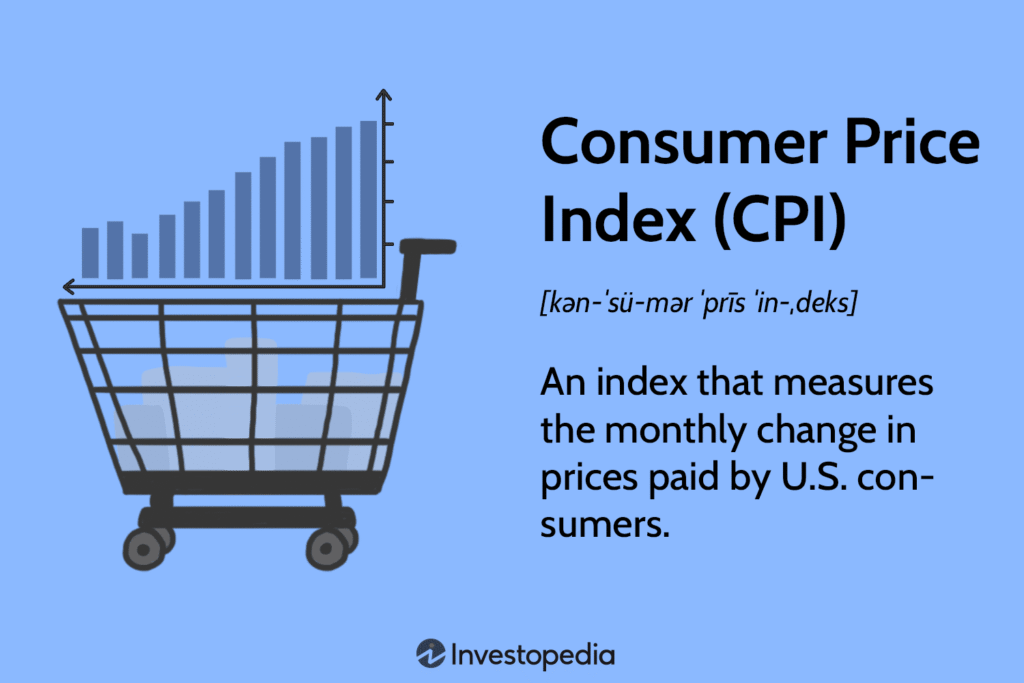
The Economic Ripple Effects of Surging Oil Prices in the U.S.
Crude oil is the lifeblood of the global economy, and the U.S.—as both a top producer and major consumer—feels the effects of every fluctuation in price. While rising crude oil prices can supercharge investment in America’s shale regions, they also drive up inflation, weigh on consumer spending, and create ripple effects across industries and financial markets. As the U.S. walks the line between being a net energy exporter and a consumer-heavy economy, the impact of higher crude prices remains a balancing act with major implications.
Table of Contents:
U.S. Energy Profile: Importer, Exporter, or Both?
Inflation and Consumer Spending: The Immediate Pain
Winners and Losers in the Corporate Sector
Impact on U.S. Trade Balance and Federal Revenues
Monetary Policy Response and Stock Market Volatility
Long-Term Economic Implications
Final Takeaway: Navigating an Oil-Driven Economy
1. U.S. Energy Profile: Importer, Exporter, or Both?
As of 2024, the United States is the world’s largest crude oil producer, averaging over 13 million barrels per day. Yet, it still imports about 6 million barrels per day, mainly from Canada, Mexico, and the Middle East, due to refinery needs and grade preferences. At the same time, the U.S. exports around 4 million barrels of crude oil daily and significantly more petroleum products like gasoline and diesel. This dual role—producer and consumer—shapes the nation’s unique response to oil price fluctuations.
2. Inflation and Consumer Spending: The Immediate Pain

One of the most direct consequences of rising oil prices is higher inflation. Since oil feeds into transportation, manufacturing, agriculture, and utility sectors, an increase in crude price typically lifts the Consumer Price Index (CPI)—a primary inflation metric.
Consumers face:
- More expensive gasoline at the pump
- Higher airline tickets
- Increased food and goods prices (due to freight costs)
For households, particularly lower-income groups, this means tighter budgets and reduced discretionary spending, which ultimately slows GDP growth.
3. Winners and Losers in the Corporate Sector
Not all sectors suffer equally. Some benefit handsomely:
Winners:
- Energy producers (ExxonMobil, Chevron, Pioneer Natural Resources)
- Oilfield services (Halliburton, Schlumberger)
- Midstream companies (pipeline operators)
Losers:
- Airlines and logistics firms
- Retailers with thin margins
- Manufacturers relying on energy-intensive processes
Profit margins compress for companies unable to pass on costs, while oil-centric businesses see revenue and hiring ramp up.
4. Impact on U.S. Trade Balance and Federal Revenues
As a net exporter of petroleum products, the U.S. stands to benefit from higher crude prices via improved trade balances. However, since it still imports crude for refinery needs, the impact is not one-sided.
Positive outcomes:
- Higher oil prices = higher export value.
- Boosts tax revenues from energy production, especially in oil-rich states like Texas and New Mexico.
Risks:
- Rising import bills if domestic production cannot meet refining demands.
- Trade deficits may worsen temporarily depending on global supply dynamics.
5. Monetary Policy Response and Stock Market Volatility
The Federal Reserve closely watches energy prices because of their inflationary impact. If oil prices rise sharply:
- The Fed may keep interest rates higher for longer.
- Bond yields may rise, pressuring valuations in equities.
- Consumer sentiment often dips, impacting spending and investment.
On Wall Street, oil rallies typically trigger sector rotation—energy stocks outperform, while consumer discretionary and tech may lag.
6. Long-Term Economic Implications
While short-term pain is real, the long-term effects can be more nuanced. Higher oil prices:
- Encourage capital expenditure in energy infrastructure.
- Create high-paying jobs in exploration and drilling.
- Spur technological innovation in both traditional and renewable energy sectors.
However, prolonged high prices can trigger demand destruction, speeding up the shift to electric vehicles and alternative energy, possibly reducing oil’s dominance over time.
7. Final Takeaway: Navigating an Oil-Driven Economy
The U.S. economy sits at a rare crossroads—both buffered and exposed to rising crude oil prices. While the shale revolution has given it newfound resilience, the downstream inflationary effects continue to shape policy decisions, market behavior, and consumer health.
Business leaders, investors, and policymakers must watch crude oil trends not just as a commodity chart—but as a barometer of economic momentum, inflationary pressure, and geopolitical risk.



